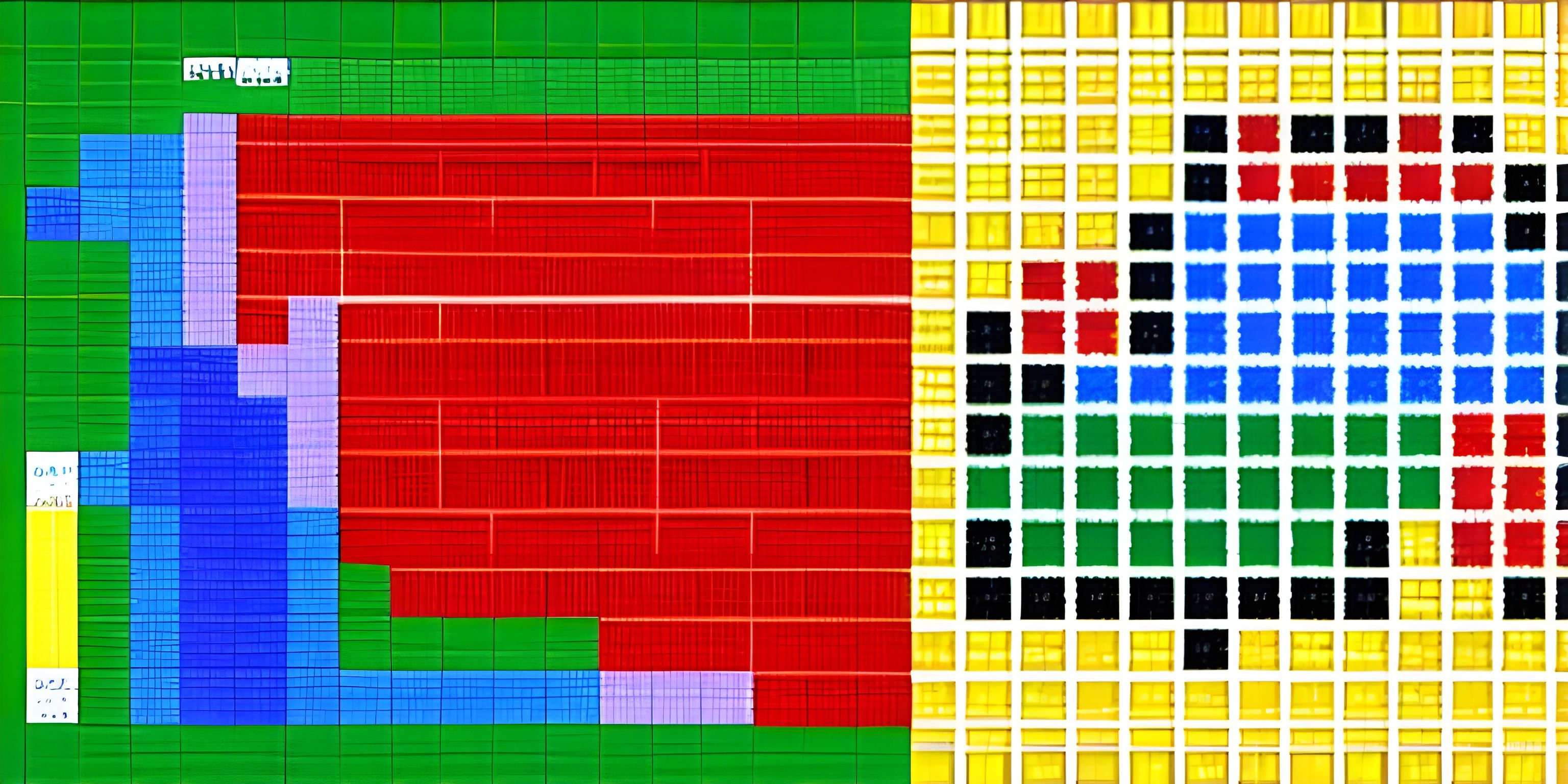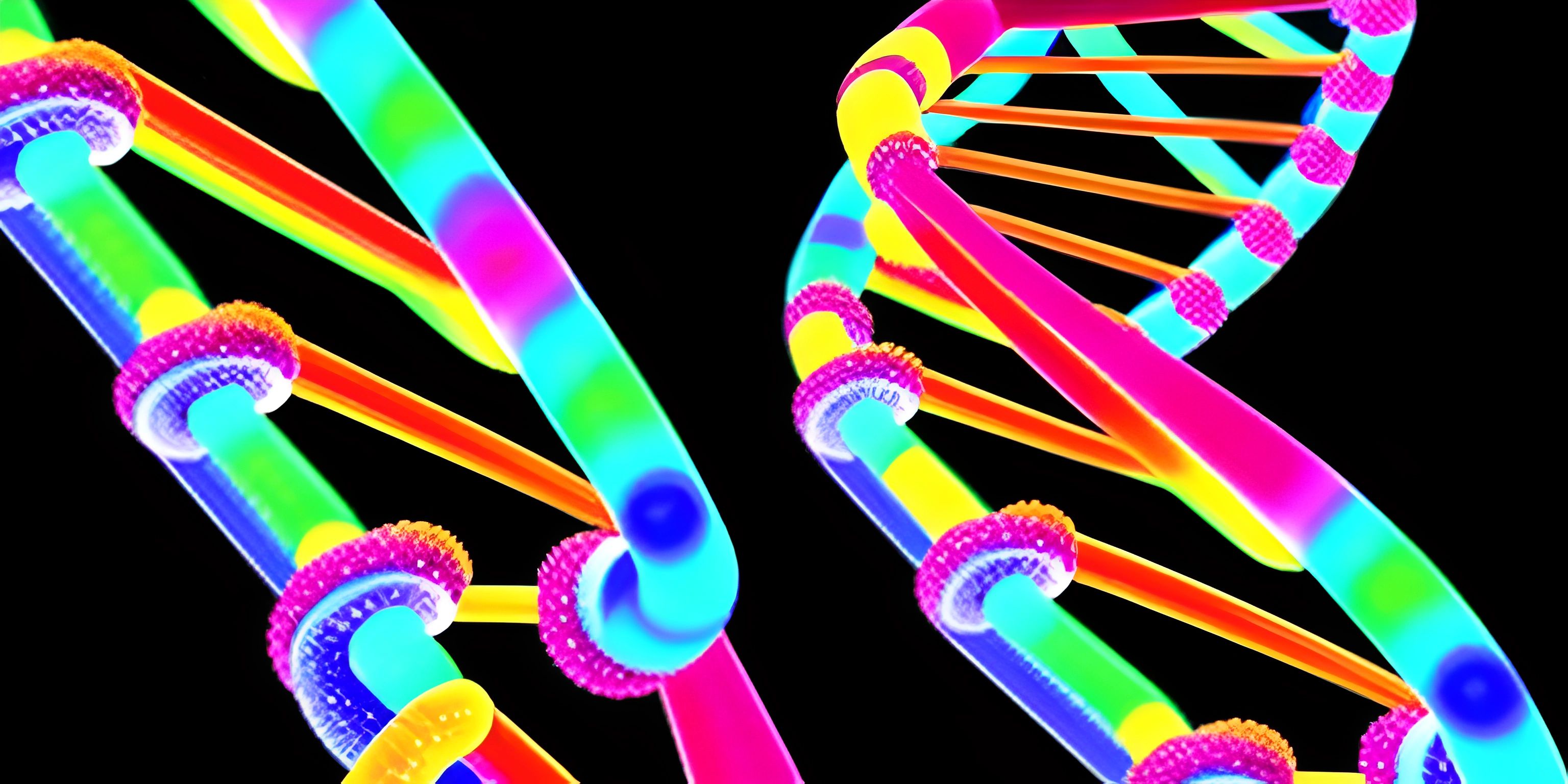The Role of the Fitness Function in Genetic Algorithms

Note: this page has been created with the use of AI. Please take caution, and note that the content of this page does not necessarily reflect the opinion of Cratecode.
Evolution is a fascinating concept, isn't it? It's nature's way of finding the fittest, the smartest, the fastest. Genetic algorithms try to mimic this natural selection process and solve complex problems using the principles of evolution. And you know what? The most important character in this drama is the fitness function. It's like the Simon Cowell of our genetic algorithm's talent show, deciding which solutions are worthy to go through to the next round.
Fitness Function
So, what's a fitness function exactly? Imagine it as a brutally honest judge that scores each solution produced by the genetic algorithm. It's an algorithm within an algorithm, a dream within a dream, Inception-style!
The fitness function essentially determines how 'fit', or suitable, a solution is to the problem at hand. The fitter the solution, the higher the score. The solutions with the highest scores get to reproduce and pass their genes (features) to the next generation of solutions.
Here's a simple example. Let's say we have a genetic algorithm trying to crack a password. The fitness function might score each solution (each guess at the password) based on how many characters match the actual password.
function fitnessFunction(guess, password) {
let score = 0;
for (let i = 0; i < guess.length; i++) {
if (guess[i] == password[i]) {
score++;
}
}
return score;
}In this case, the guesses with the most correct characters are the fittest and have the highest chance of reproducing in the next generation.
The Role of Fitness Function
The fitness function plays a crucial role in guiding the search of the genetic algorithm. It's like a lighthouse guiding ships in a stormy sea, or GPS for your road trips. It tells the algorithm which direction to evolve in, nudging it towards the optimal solution.
Consider our password cracking example. If our fitness function didn't reward guesses with correct characters, our algorithm would be wandering around like a headless chicken, not knowing whether it's making progress or not.
Without a well-defined fitness function, a genetic algorithm would be like a superhero without a mission. Sure, it has a lot of power, but without a clear goal, it's pretty much useless.
Hey there! Want to learn more? Cratecode is an online learning platform that lets you forge your own path. Click here to check out a lesson: Basic Concepts (psst, it's free!).
FAQ
What is a fitness function in a genetic algorithm?
A fitness function in a genetic algorithm is an evaluation function that determines how 'fit', or suitable, a solution is to the problem at hand. The fitness function scores each solution, and the solutions with the highest scores get to reproduce and pass their features to the next generation of solutions.
Why is the fitness function so important in a genetic algorithm?
The fitness function guides the evolutionary search of the genetic algorithm towards the optimal solution. It's like a lighthouse or GPS, showing the algorithm the right direction. Without a well-defined fitness function, the algorithm wouldn't know whether it's making progress or not.
How is a fitness function used in a genetic algorithm?
A fitness function is used to evaluate and score each solution produced by the genetic algorithm. The solutions with the highest scores, i.e., the fittest solutions, are selected to reproduce and pass their genes (features) to the next generation. Over time, this process of evolution and natural selection drives the algorithm towards the optimal solution.





